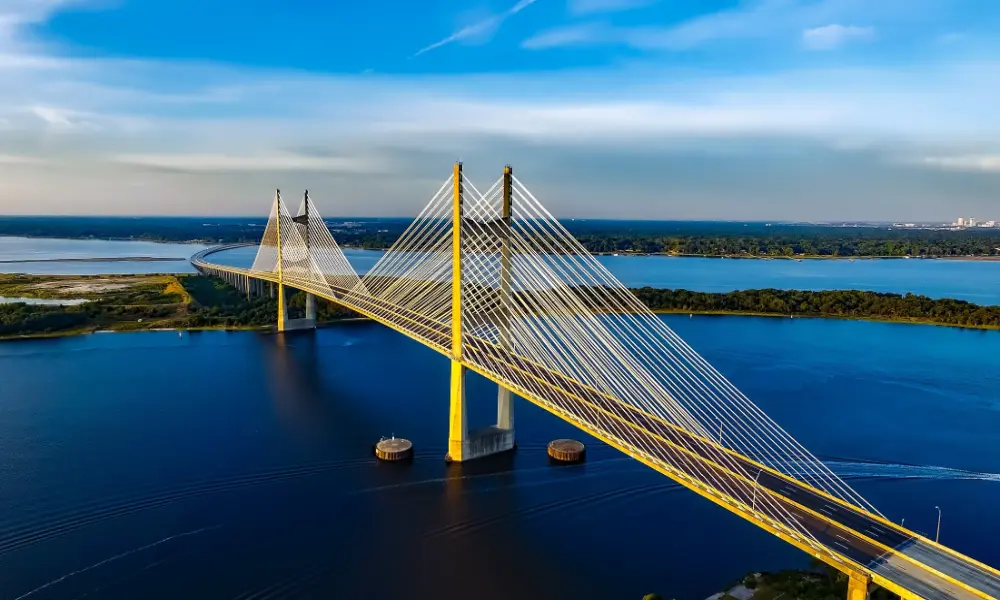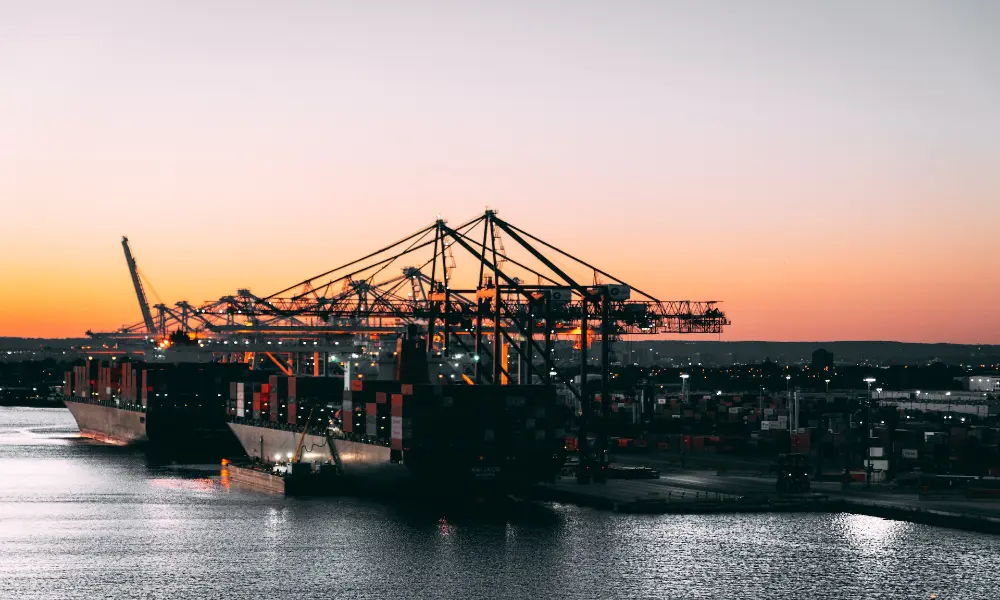A New Epoch in NOAA Fleet Technology
The National Oceanic and Atmospheric Administration (NOAA) has always been a trailblazer in maritime research, outfitting the globe’s marine explorers with cutting-edge technology and vessels. Standing as a shining representation of NOAA’s commitment to innovation is the NOAA Ship Fairweather, a state-of-the-art charting and mapping vessel. However, the organization’s unrelenting quest for advancement has resulted in an exciting new development.
Louisiana’s prominent shipbuilder, Thoma-Sea Marine Constructors, landed a staggering $624.6 million contract that encapsulates the design and creation of two revolutionary research vessels. These vessels are slated to set sail for NOAA in 2027 and 2028, offering a new dimension to maritime research.
Mapping Tomorrow’s Oceans
The primary focus of NOAA’s novel fleet members will be on ocean mapping and nautical charting. Keeping in line with NOAA’s objective to provide useful and accurate tools for mariners to facilitate safe navigation through ports and harbors, these aptly equipped ships will extend their capabilities beyond their primary goal.
Their inbuilt advanced features will further enable the assessment and management of living marine resources. Additionally, the vessels will gather vital data for oceanographic monitoring and craft precise models for research endeavors.
Sailing Towards a Sustainable Future
NOAA Administrator, Rick Spinrad, Ph.D., expressed his enthusiasm and pride at these upcoming developments, stressing their importance in safe navigation, coastal resource management, and boosting the nation’s blue economy. In addition to their main roles, the new additions to the fleet showcase NOAA’s commitment to creating a sustainable future.
These pioneering vessels aim to minimize emissions with their modern engine systems and design. This substantial stride towards net-zero emissions attests to NOAA’s environmental stewardship, a testament to their values of environmental sustainability and responsibility.
Pioneering Maritime Research Technology
The vessels, meticulously designed to handle large data sets, will bolster NOAA’s resource acquisition capacities. Their data translation scope encompasses tasks like seabed mapping and marine habitat characterization. Furthermore, these ships are equipped to deploy both human-operated survey workboats and sophisticated scientific equipment. They will also harbor an array of uncrewed systems to augment the work the ship conducts, amplifying the efficiency and range of tasks each vessel can undertake.
Funding The Future
The innovative shipbuilding venture receives a significant inflow of funds from the Inflation Reduction Act. This act, investing a hefty $3.3 billion, aids communities in preparing for, adapting to, and strengthening resilience against weather and climate events. It further fortifies NOAA’s fleet by enhancing weather and climate data services and research airplanes and ships.
Enhancing the Largest Federal Research Fleet
NOAA’s fleet, comprising research and survey ships operated, managed, and maintained by NOAA Marine and Aviation Operations, stands as the largest federal research fleet in the nation. The fleet serves a myriad of marine activities, such as fisheries surveys, nautical charting, and extensive ocean and climate research, with an impressive line-up ranging from large oceanographic research vessels to smaller ships employed for charting inlets and bays. NOAA continues its mission to equip its officers and civilian professional mariners with technologically advanced ships, enabling groundbreaking marine exploration.



